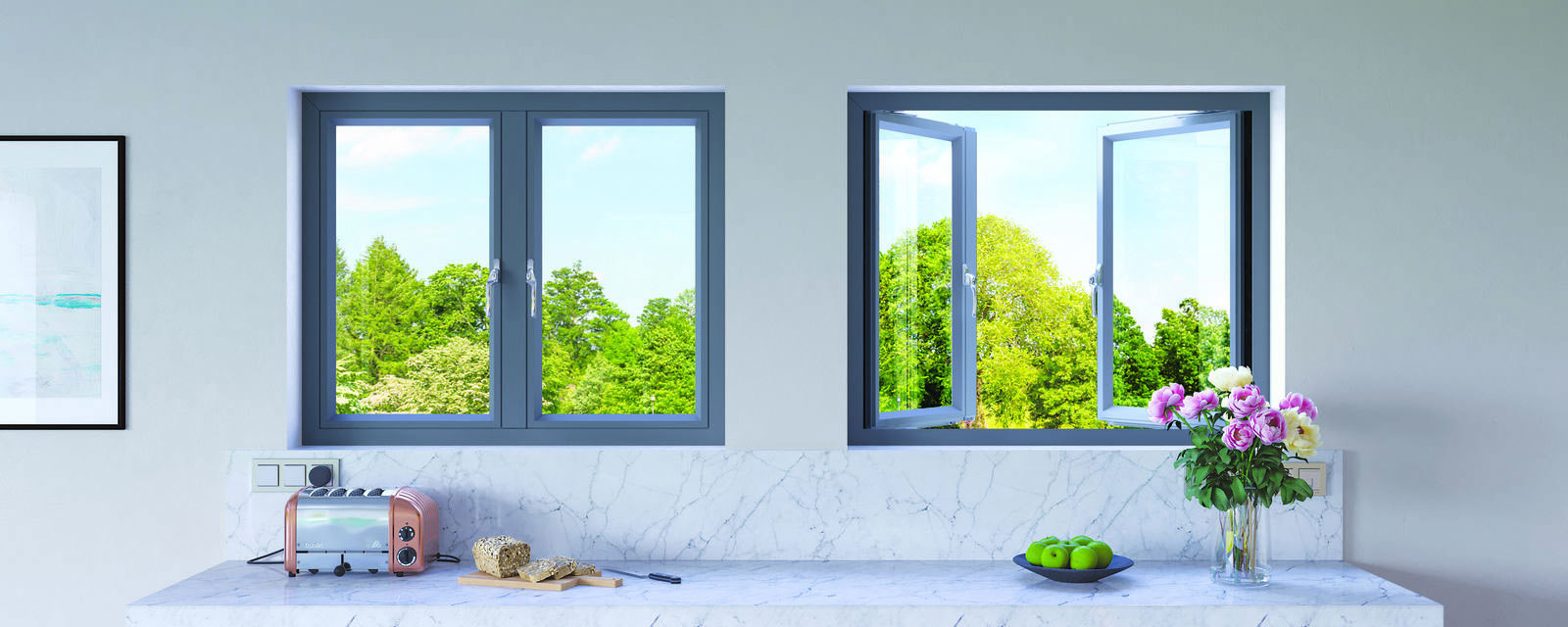I’ve been asked several times in the last few weeks about condensation in windows. It’s often a problem in the Autumn and it can be really annoying!

Get in touch with us if it’s a problem but have a read of this first to identify your particular problem.
What Causes Condensation?
Condensation forms when warm, damp air touches a cold surface. Simple as that. The damp air cools and is cools the moisture turns from gas to liquid and forms droplets on the glass surface,
Condensation between Panes of Glass
If you have double or triple glazing then moisture between the panes is bad. It shouldn’t happen because the units are sealed as part of the manufacturing process. Modern windows use inert gases that keep the damp external air out and add a level of insulation. The most common of these is Argon, but you may also come across Xenon which is a more expensive option and provides even better performance.
If a window becomes damaged then the inert gas can be lost and will be replaced by ordinary air. Inevitably that air will include water vapour and condensation will become a problem. There are fixes but do please ring us first because some “cheap” solutions on the web are a bit unreliable!

Condensation Inside the Window
If the condensation forms inside the window then it means that the air in your nice warm room is slightly damp. That vapour is condensing on the cold glass and turning to droplets. In bad cases you will often see water pooling at the bottom of the window panes. Over the long term this can cause mould and even unpleasant staining. With wooden windows it’s also a leading cause of rot.
The simplest solution to this is ventilation. Trouble is, not only does this whisk away the damp air, it’s also likely to whisk away the heat. Still, it’s not a bad idea sometimes to let the air in a room rotate – and somewhere I remember being told in these lockdown days that it also reduces the viral load and the chances of infection!
If you still have single glazing then the problem of condensation in a room is pretty easy to fix. Simply fit modern double glazing. This should allow the internal glass to warm a bit while the spacer acts as a thermal barrier to keep the heat inside the room. The external glass should be cold – which is important as you will see in a moment.
If you already have double glazed units it may be more difficult to solve the problem of internal dampness. Ventilation will help but it is possible that it is a sign that the thermal performance of the window is reduced (age or damage). Replacement windows might now be an option that would also save you energy.

Condensation outside the Window.
When condensation is forming outside your windows you should actually be pleased! True, it may spoil the view for a bit until it dries out, but it means that the external glass is cold and is touching warm damp air outside. That tells you that the window is providing you with the insulation you want. Your heat is staying indoors and the double (or triple) glazing is doing its job properly. Don’t worry, it’s usually a morning thing and it will clear as the day gets going and the external pane of glass is warmed by the daylight.
Get in Touch
If you want to discuss any of this with me then please get in touch on our usual number
T: 01993 229000
Or email us on
E: sales@dovecotewindows.co.uk








